Florida’s Department of Children and Families has taken a beating over a Miami Herald series “Innocents Lost,” which told the story of 477 children who since 2008 suffered what the paper characterized as “predictable and preventable” deaths.
DCF now has a new interim director, Mike Carroll, a longtime regional director who was named in late April to replace the previous interim director. Mr. Carroll has some new resources — but also the same immense challenge as his predecessors.
In reaction to the Herald’s series, the Legislature acted this past session, offering DCF millions of dollars to beef up services and case management. In all, an extra $48 million went directly or indirectly to child welfare.
In response to the difficulty the Herald had in accessing statistics on child deaths, Legislature also acted to increase the transparency in DCF, requiring “prompt disclosure of the basic facts of all deaths of children from birth through 18 years of age which occur in this state and which are reported to the department’s central abuse hotline.” Those reports were to be published on the department’s website.
Mr. Carroll and DCF have acted quickly here, and the new website is expected to be up and running this week (go to http://www.myflfamilies.com and look for the Child Fatality Prevention button).
The website fits well with Mr. Carroll’s increased use of metrics to help DCF do its job.
For example, in a meeting with the Tallahassee Democrat’s Editorial Board, he listed factors that can indicate a high risk of abuse, including a child under age 3, a parent under age 26, a history of substance abuse, a history of domestic violence, mental health issues and previous contact with DCF. It might seem obvious that children in such a family would be at risk, but DCF hasn’t had a standard statewide methodology to identify them.
Now, in much the same way that police can concentrate enforcement on a dangerous stretch of road or a troubled neighborhood, DCF can quickly flag cases meeting that profile and concentrate its efforts — and it’s most experienced workers — on those families.
On the Child Fatality Prevention website, the public will see the demographics, key details and a short narrative on every child death reported to DCF. At first, the statistics will cover only this year, but soon they will cover the last 10 years.
The new transparency is admirable, but this information is more than a means to track deaths and beat up DCF some more. Ideally, it will be used by communities to tailor prevention efforts. For example, if a county has a problem with drownings, it can focus efforts on water safety. Those efforts would involve partnerships with neighborhoods, local groups (such as the YMCA) and churches.
Then, continuing to follow the statistics, the community can see if those efforts are working.
Mr. Carroll spoke of how increased awareness can change people’s behavior. For example, he said, today few people would walk by a child left in a hot car and fail to act, thanks for years of publicity on the dangers. We need to develop that same awareness about water safety, safe sleeping and other behaviors.
Obviously, DCF can’t stop all child abuse any more than police can stop all murder or fatal accidents. DCF’s goals are simple: no child deaths in open, active cases, and no child deaths in the first year after a family leaves contact with DCF.
But intervention and education can save lives, and having DCF share the numbers on child deaths through its new website is a big step forward.

